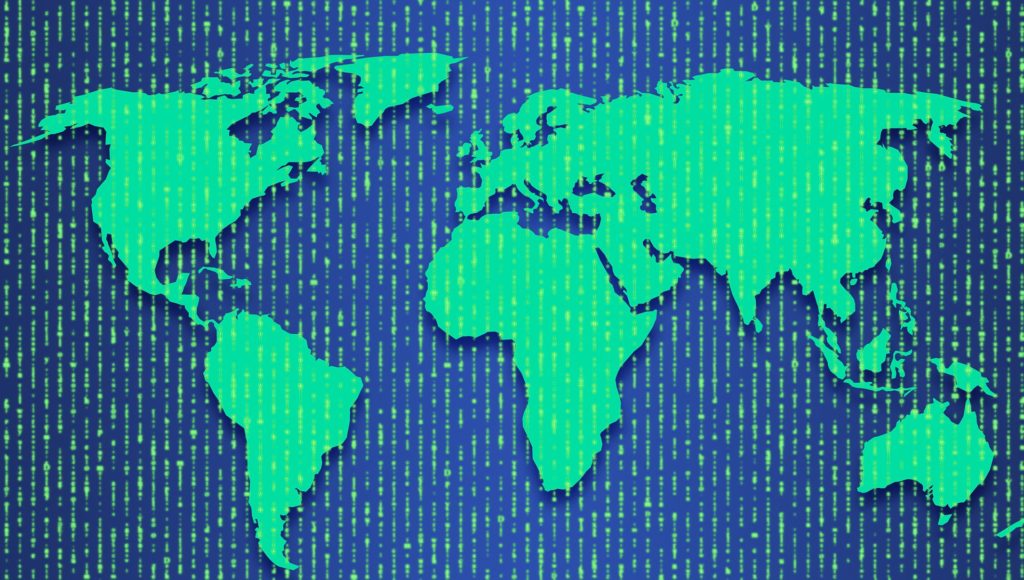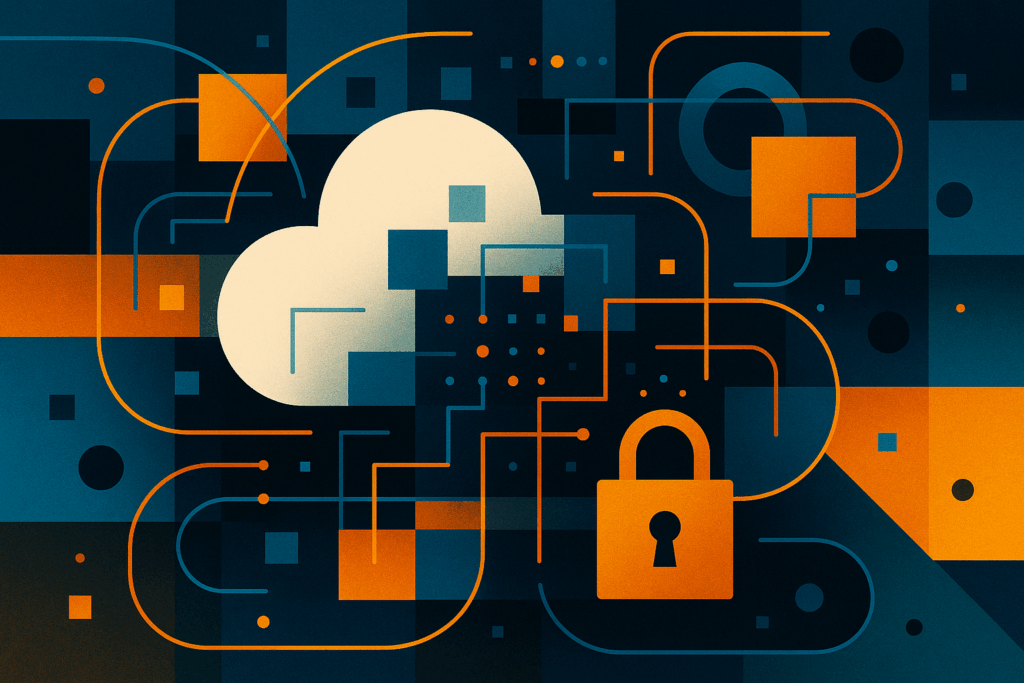Companies of all sizes, across all industries, and from every region of the world all seem to follow the same basic cybersecurity strategy. That would make sense if it worked, but businesses continue to cling to an outdated model of cybersecurity despite overwhelming evidence that it’s not very effective. There is an implicit acceptance that nothing is 100% secure, and the best you can do is to become almost secure. It’s time to break the mold and rethink the fundamental concepts of cybersecurity.
Cybersecurity Is a Gamble
The essential premise of the traditional cybersecurity model is game of cat and mouse, and—ultimately—a gamble. IT security professionals conduct research and vulnerability scans to identify flaws attackers might exploit and race to patch or mitigate the risk before an attacker can take advantage of it. Cybersecurity vendors discover new exploits and malware threats and develop signatures for organizations to deploy on intrusion detection and antimalware systems to identify and block those threats before attackers compromise their networks and applications.
Meanwhile, attackers reverse engineer vulnerability disclosures and patches to learn about the underlying flaws and develop exploits to attack them. The whole thing is a race to try and proactively anticipate and block attacks and stay (at least) one step ahead of attackers.
It’s a gamble because organizations are betting, they can effectively secure and protect their environments, and attackers are betting they can find a way to compromise their networks, applications, or data. The bad news for businesses is that the odds are not in their favor. The problem is that there are tens of thousands of new vulnerabilities discovered every year and companies have to identify and remediate or mitigate every potential weakness, but attackers only have to succeed one time. In this big game of chance, the attackers are the casinos, and companies are the ones spending money knowing that in the long run, the house always wins.
Digital Transformation and Cybersecurity
As questionable as the traditional approach to cybersecurity might be, digital transformation has made it even more complicated and challenging. The adoption of SaaS and elimination of the corporate network edge creates a security burden that companies must overcome to realize the benefits of digital transformation. Firewalls, intrusion detection, spam filters, and antimalware software are marginally successful at defending against known threats within a local, on-premise network, and digital transformation changes the game entirely.
Cloud platforms, containerized applications, mobile devices, internet-of-things (IoT) devices, Software-as-a-Service (SaaS) solutions, and other elements of digital transformation add complexity and make the attack surface significantly more dynamic. The average Fortune 500 company has 200 SaaS applications in use from devices that could be anywhere. You can’t just take the traditional cybersecurity model and your legacy tools and move them to the cloud and expect to be secure.
Companies often find that to overcome the burden of security challenges with digital transformation comes with a set of tradeoffs that are difficult to optimize. SaaS user experience becomes an issue as companies seek to control and monitor traffic and data to ensure they can enforce existing controls. The use of unsanctioned SaaS apps results in the loss of visibility and control of critical data. A new cybersecurity paradigm is needed to help companies overcome the security challenges.
Don’t Just Wish for Better Security
It’s a common maxim of cybersecurity that there is no such thing as an impenetrable network or invulnerable security. No matter how solid your cybersecurity is, or how confident you are in your ability to detect and block threats, the reality is that you’re never really sure. That’s true—at least with the traditional model of cybersecurity.
However, Menlo Security breaks the traditional cybersecurity mold and offers a unique approach to cybersecurity that takes away the guessing. Organizations can move from “Almost secure,” or “We think we’re secure,” to “Yes. We are secure.”
Amir Ben-Efraim, CEO of Menlo Security, explained. “It is a fundamentally flawed assumption to think that any tool can successfully determine if a given file is good or bad.”
The Menlo Security Global Cloud Proxy built on an Isolation Core™ delivers the security and protection businesses need to face both known and unknown threats as they embrace digital transformation. The Isolation Core separates a company’s network from the public web, while providing users seamless internet access. The isolation layer provides a buffer between the internet and your environment so nothing malicious ever reaches your network. This is a fundamentally different model compared to playing the guessing game of blocking the bad and allowing only the good to pass through. By blocking all known and unknown attacks, the Isolation Core allows companies to finally move beyond “almost secure” to “Yes We are secure.”
It’s also a cloud-based solution—which means that it is available globally with minimal latency from wherever and whenever users are working, and that it has the flexibility and scalability to manage spikes in demand.
Don’t gamble with your cybersecurity. Don’t just cross your fingers and hope for the best. Don’t just do what you’ve always done because that’s the way you’ve always done it. Technology is constantly evolving, and the threat landscape is constantly expanding. Organizations no longer need to accept the “Almost Secure” paradigm and know that they can take a new approach to cybersecurity that takes the guesswork out of the equation.
- Smart Holiday Gifting: The Best Tech Under $75 for 2025 - November 26, 2025
- From Polymorphic Attacks to Deepfakes: The Shifting Threat Landscape - November 25, 2025
- Anaconda Wants To Bring Order to Enterprise AI Chaos - November 20, 2025




Comments are closed.